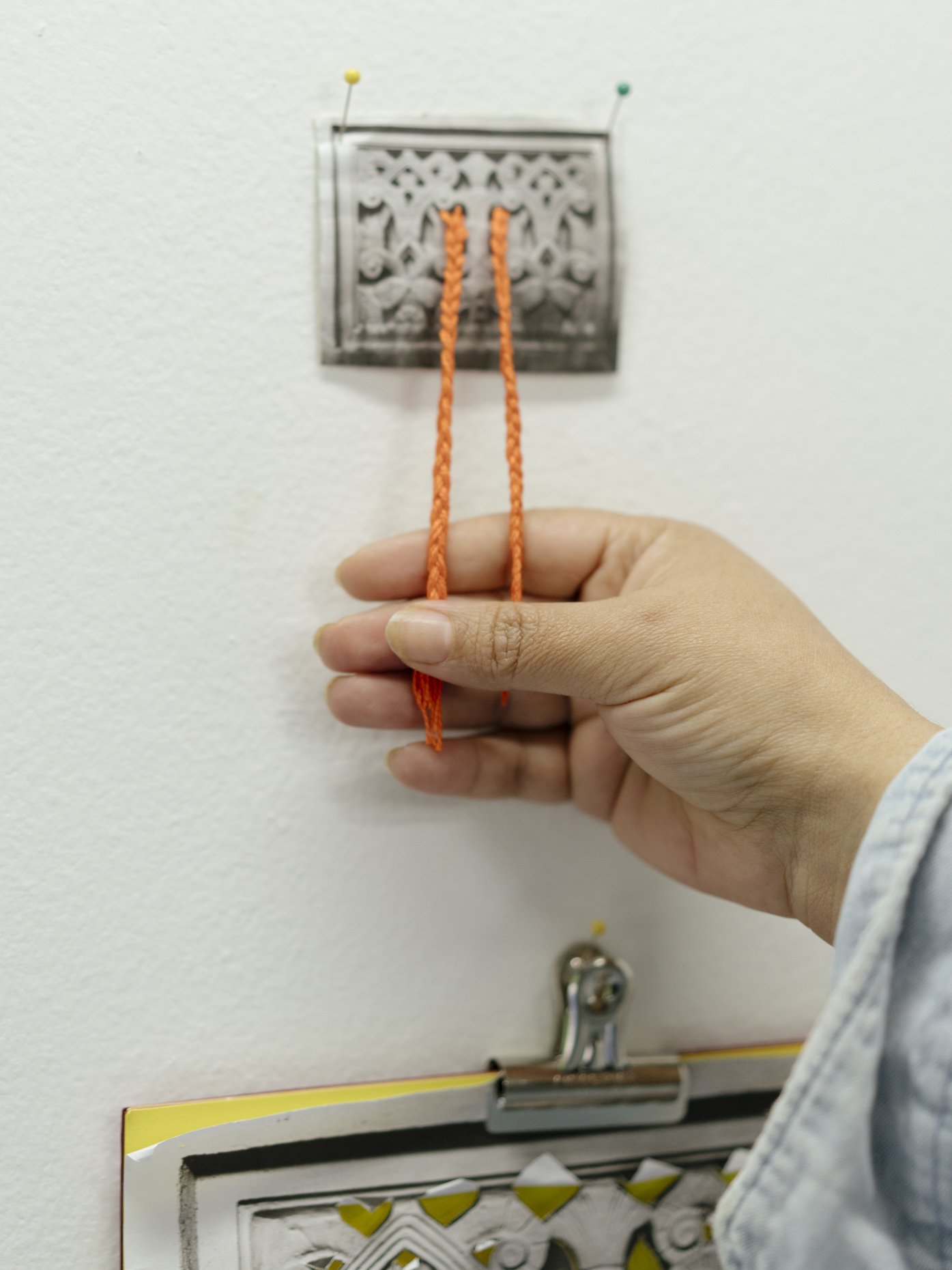Artist in Residence
Nardeen Srouji
Nardeen Srouji is always attempting to understand herself in relation to different spaces. “I’m in a gap in between,” she says. “And my work is really influenced by that gap.” A Palestinian artist from Israel, Srouji creates sculptures and installations that investigate the sites in which they appear;, the hidden histories all spaces contain.
In 2022, Srouji created site-specific installations for a show at Haifa Museum of Art. Through interviews and archival research, she learned there was a window in one of the galleries. It was walled over and hadn’t been opened for forty years. For Landscape Layers I (2022) Srouji removed the wall and opened the window to the world outside. She took photos of the neighborhood view, then placed window-sized prints of the view flipbook-style on the windowsill. “It’s really complicated to live here, I have to think about things ten times to find solutions,” Srouji says. “This is why I keep looking at spaces that nobody looks at. I need to understand all the layers and how it makes sense for me to exist in a specific place.”
At the Fountainhead, the outer wall of Srouji’s studio space was in an area of the yard where no one really goes. The wall has a sculptural relief, the kind you find on many Miami dwellings. Srouji created two braids made from wool and installed them on the outside of the wall, right where her head would be. “Braids in Palestinian culture were very rooted—women used to do two braids most of the time,” Srouji says. “It was the traditional way of doing your hair.” Now, these braids are mostly a symbol of childhood, or still worn by older Palestinian women. An affirmation of identity, yet also obscured, the installation is a subtle, powerful acknowledgement of Srouji’s tenuous position. “It’s in a very hidden place,” Srouji says. “I think I did it for me. Not for the viewer at all.”
Words by Rob Goyanes







